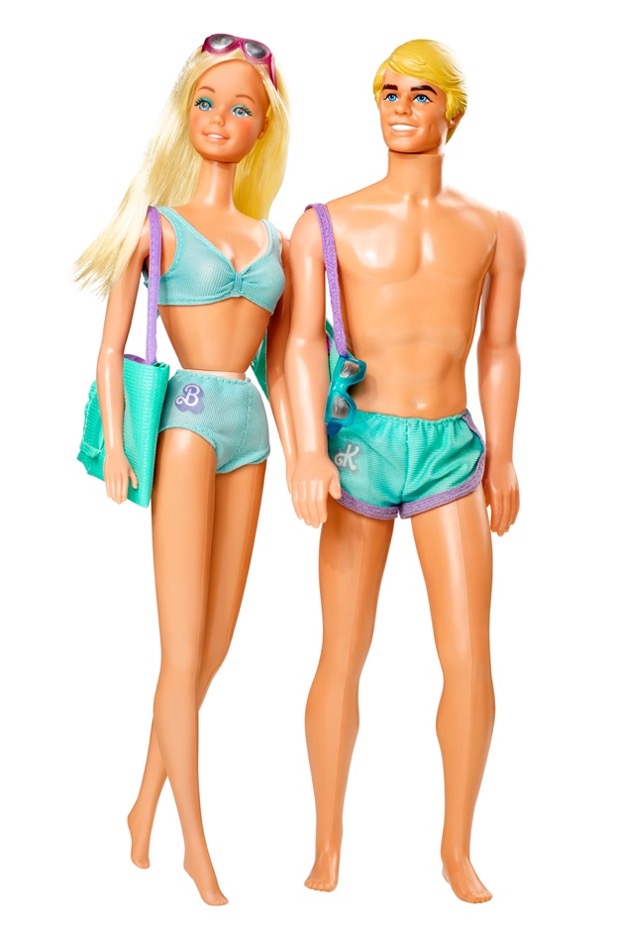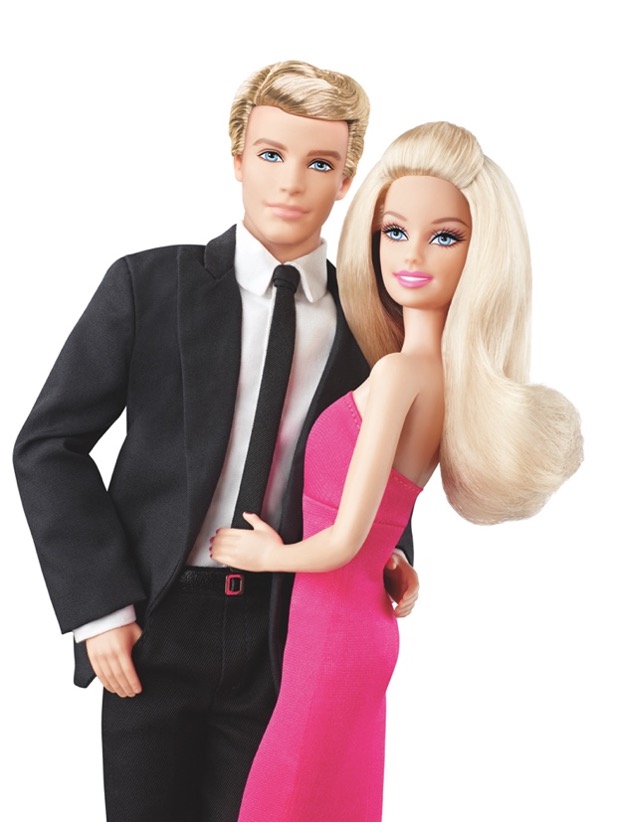

Barbie and Ken are widely recognised cultural symbols (Tulinski, 2017, p. 113), their roles as transcend that of mere toys. Next to their function for children to dress, imagine and play with them, they are mirrors and influencers of societal perceptions regarding gender and heteronormativity. As separate entities Barbie and Ken respectively represent ideal womanhood and manhood, and as a couple they represent the quintessential couple (Bae-Dimitriadis & Ivashkevich, 2018; Kerr, 2021). As such, they perpetuate heterosexual norms and the gender binary since generations.
Barbie was originally created as fashion doll, as such she was created to represent the “perfect, well kept, good looking image of a woman” (Uncu, 2019, p.87). Her body is “ultra-feminine” and she embodys traits of White, heterosexual, middle-class femininity (Bae-Dimitriadis & Ivashkevich, 2018; Uncu, 2019). Although Barbie’s different outfits and jobs challenge gender stereotypes, her body continues to perpetuate ideas of a gender binary. Especially, with her counterpart, Ken who represents stereotypical masculinity (Croll, 2005). Research shows that children aim to be like, look like, and act like toys they play with (Uncu, 2019). Therefore, creating such a juxtaposed binary between femininity and masculinity, as represented by Barbie and Ken, may influence how children perceive gender. This can eventually lead to repressed feelings about their personal gender identity and having to fit in one of these two categories.

Furthermore, the heteronormativity is often subtly ingrained in early childhood play (Robinson, 2005). This reinforces children's perception of heterosexuality as the norm and shapes their understanding of social roles.Whilst it is sometimes debated whether Ken is actually Barbie’ boyfriend, Mattel (n.d.) clearly states on their website that “Ken is introduced as a boyfriend for Barbie”. Within the temporal context of Barbie’s and Ken’s creation, the late 1950s and early 60s, it is no surprise that heteronormative stereotypes were maintained by creating a hetero couple. However, more recently critics are challenging this narrative as they advocate for interpretations of Barbie beyond these traditional norms (Bae-Dimitriadis & Ivashkevich, 2018).Indeed, Mattel's introduction of “Earring Magic Ken”, colloquially known as “Gay Ken”, in 1993 sparked both enthusiasm and controversy among gay men (Young, 2023), prompting discussions around Barbie and Ken's roles in perpetuating heteronormative ideals. The release of the 2023 Barbie Movie sparked new conversations about feminism, the patriarchy, and heterosexuality (Pau, 2023). As some argue that Barbie, in asserting her desire for friendship over romance with Ken, emerges as an asexual icon (Pau, 2023).